Presented in partnership with Dermalogica’s new Smart Response Serum
“The early days of Covid-19 were incredibly uncertain”
Mal Pheng is a registered nurse who works in hotel quarantine
“I became a nurse to make a difference in people’s lives – plain and simple. And I know first-hand the influence nurses can have on their patients’ wellbeing and ability to heal.
I was diagnosed with lymphoma at the beginning of 2019, and I received chemotherapy and radiation therapy. My health is great now, but it altered the way I approach my own job.
I remember feeling tired and sick all the time. But when a nurse walked in with a smile, they would really change the energy in the room. So, I carry that with me now. Even in hotel quarantine, where I work now and where we wear masks I try to change the pitch of my voice make myself as relatable and friendly as possible.
When a nurse walked in with a smile, they would really change the energy in the room.
I was asked to work in hotel quarantine in March 2020, and initially, a lot of nurses were quite hesitant – myself included. It was an incredibly uncertain time.
Back then, personal protection equipment (PPE) was in short supply, and, like many nurses, I was worried about inadvertently taking Covid-19 home. I would sanitise my shoes at the end of every day and come home and wash everything, too. Now, of course, we understand the virus a little more and there is more PPE.
My job in hotel quarantine involves checks, observations and swabbing, and we help returned travellers if they become unwell. Before Covid-19 I worked in a paediatric ward and in dialysis.
My favourite part of the job is when someone says ‘Thank you’. It’s incredible to see patients walk in feeling sick and then to be discharged from hospital, and say thank you. You can actually feel their gratitude. And it’s great to walk away after a day of work knowing you’ve done your absolute best.”
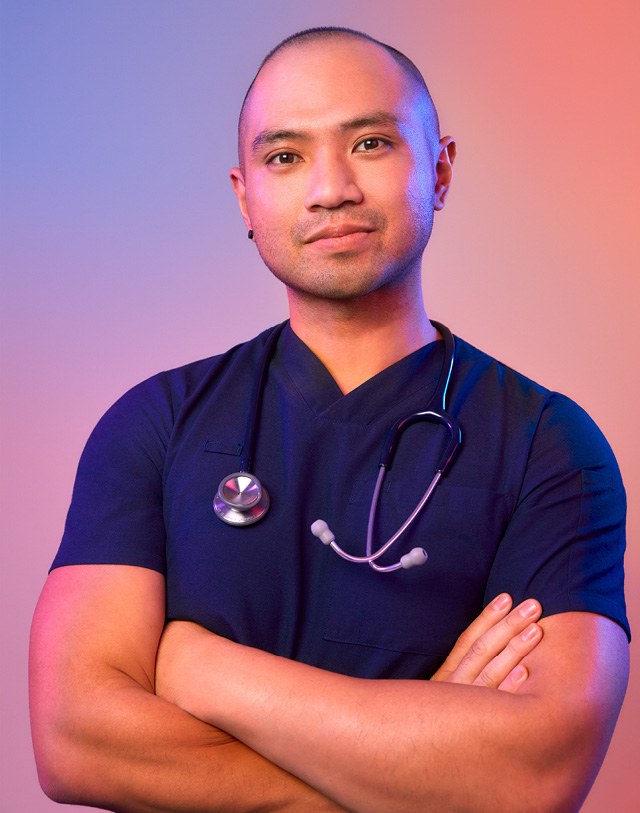
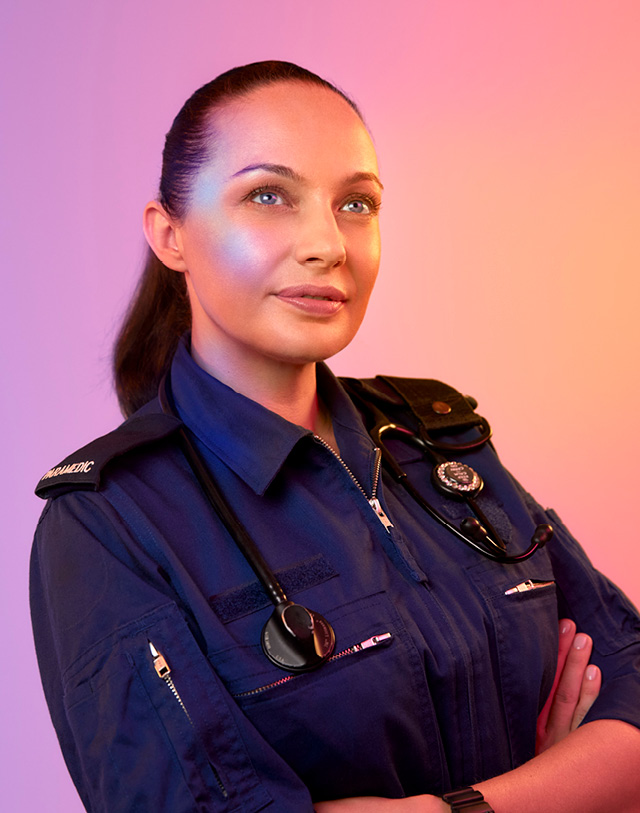
“Emergencies are only one part of my job”
Tammie Marshall is a paramedic with two children, who also runs The Mumma Medic
“I love my job, but when I started out, I was completely unprepared for what it involved. I thought there would be a lot more emergency work, but, in fact, emergencies and accidents are just one part of my job.
We help a lot of elderly people, who may have fallen over or have a cut on their ankle and who are quite vulnerable. They may be quite isolated and not looking after themselves, and as first responders we’re often the ones who see the conditions they’re living in and connect them to other services.
About 30 per cent of my job relates to mental health, and those jobs are tough. We are often called out to help patients having an acute mental health emergency – they could be hallucinating, experiencing psychosis or self-harming.
I can remember every job that I’ve ever done with a sick child. They really do stick with me, especially since I’ve had kids myself.
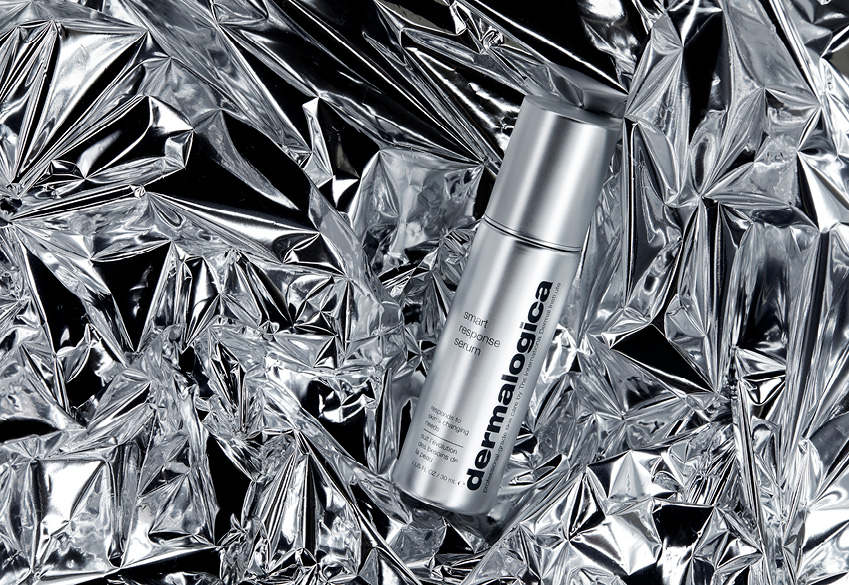
Another particularly memorable job involved two men who had been electrocuted. They’d been working on high-voltage power lines, and the closest other ambulance was half an hour away. I had a probationer working with me, who’d only been on the job for four months, and our radios weren’t working. I had to use bystanders to help us get to the patients. It was one of those scenarios where no textbook could have taught you how to assess that.
I was pretty certain they wouldn’t survive, but they did, and a couple of weeks later we got a bunch of flowers from the family. It was one of those times where we really felt like we made a difference.”
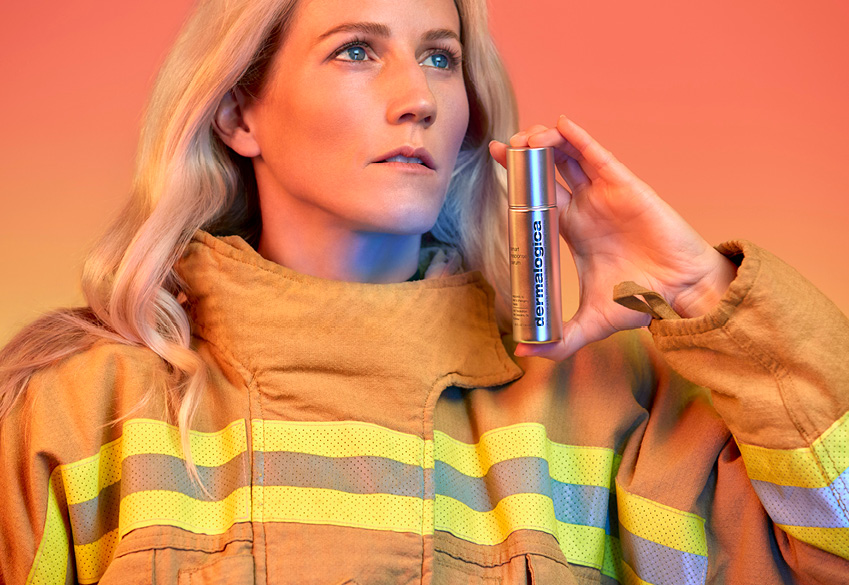
“I’m often the only woman”
Keira Pride, a mother of two, is a personal trainer and became a firefighter in 2015
“There are usually four firefighters in a truck, and generally I’m the only female. I don’t mind it, though; I don’t feel intimidated by it – and there are a lot more women going into the fire service now. There were eight women in my class of 26 firefighters in 2015.
I became a firefighter because I wanted a new challenge. Being a first responder means dealing with the unknown. You have to think on your feet, which I like.
We work 24-hour shifts – so eight o’clock in the morning till eight the next morning – and every day is so different. We could be at a car accident or at a fire or dealing with flooding. The other day we were called to get two birds that were stuck in a downpipe. I’ll always remember the callout where I had to cut a person out of a car after a car accident. I’d done it in training but to do it in real life was quite rewarding.
We don’t often hear from the people we’ve helped. We just do our job and then go home. But, once, I remember a lady bringing in a big ham to say thank you because we helped her – and we’ll never forget that!
The most difficult part is probably juggling the shifts with my kids. Being away from the kids at night – especially when they’re young – is difficult. But I love it and I feel there’s a lot of positivity around firefighters. People are always happy to see us!”
“I want to make a change for my people”
Jasmin Hammond is a junior doctor and proud First Nations woman from the Ngemba tribe of Brewarrina, NSW
“I love being a doctor, and being in a role where I can improve the lives of my people.
I started working as a junior doctor at the Royal Prince Alfred Hospital (RPAH) in Sydney in January 2020 and no two days are the same. I normally work 12-hour shifts – either during the day or at night.
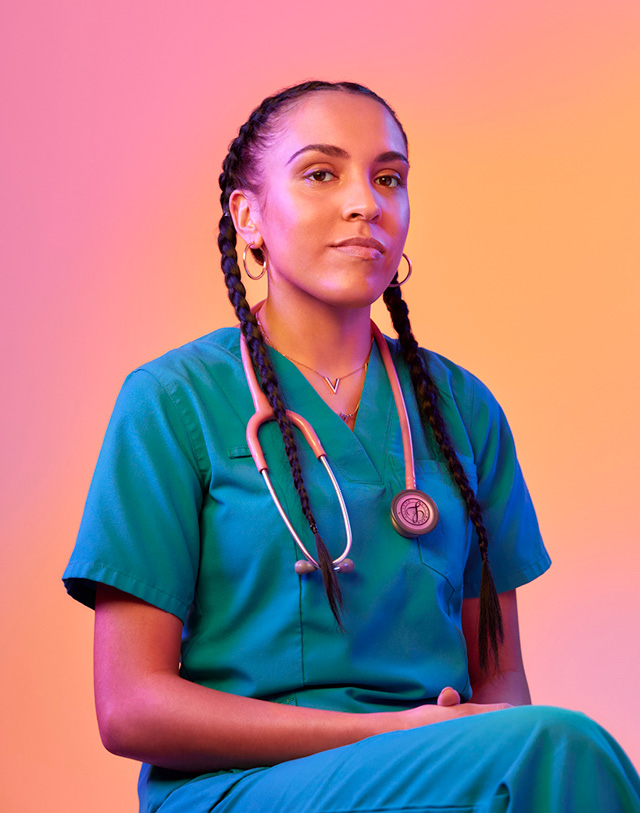

The most challenging part [of my job] this year has been seeing my people come into hospital with diseases that could have been prevented if they had presented earlier.
One patient – a young Indigenous person in their 30s – was sent to RPAH from a remote area in New South Wales. They had to go on dialysis due to not being treated sooner for a urinary tract infection, which is an infection of the bladder (and sometimes kidney), which can be treated with antibiotics.
However, this young person must have not felt safe accessing healthcare, so this disease spread from their bladder to their kidneys and resulted in irreversible damage requiring lifelong dialysis.
I was on the team taking care of this patient, and he knew I was Indigenous. I believe that made this patient more trusting in the team and [more willing] to stay in hospital to receive treatment.
This patient was very thankful to me when they were discharged, and said they were very proud of me for being an Indigenous doctor, and that they were thankful for me taking care of them while they were at RPAH.
I am motivated each day to wake up and go to work because I want to make a change for Indigenous people. My people are one of the oldest living races on the earth over 60,000 years old – however, we now have a 10-year life expectancy gap between Indigenous and non-Indigenous people in Australia.
I want to ensure that healthcare systems are culturally safe environments for Indigenous people to access healthcare. I want to show Indigenous kids that they can achieve anything in life if they work hard and strive for success.”
This story is presented in partnership with Dermalogica and Thank A First Responder Day. This month, Dermalogica releases Smart Response Serum, which uses revolutionary smart response technology to respond to skin’s signals, giving skin what it needs when it needs it. Best of all, it does all this before you know you need it. Delivering hydrating, brightening, soothing and firming skin benefits.
PHOTOS: Cybele Malinowski




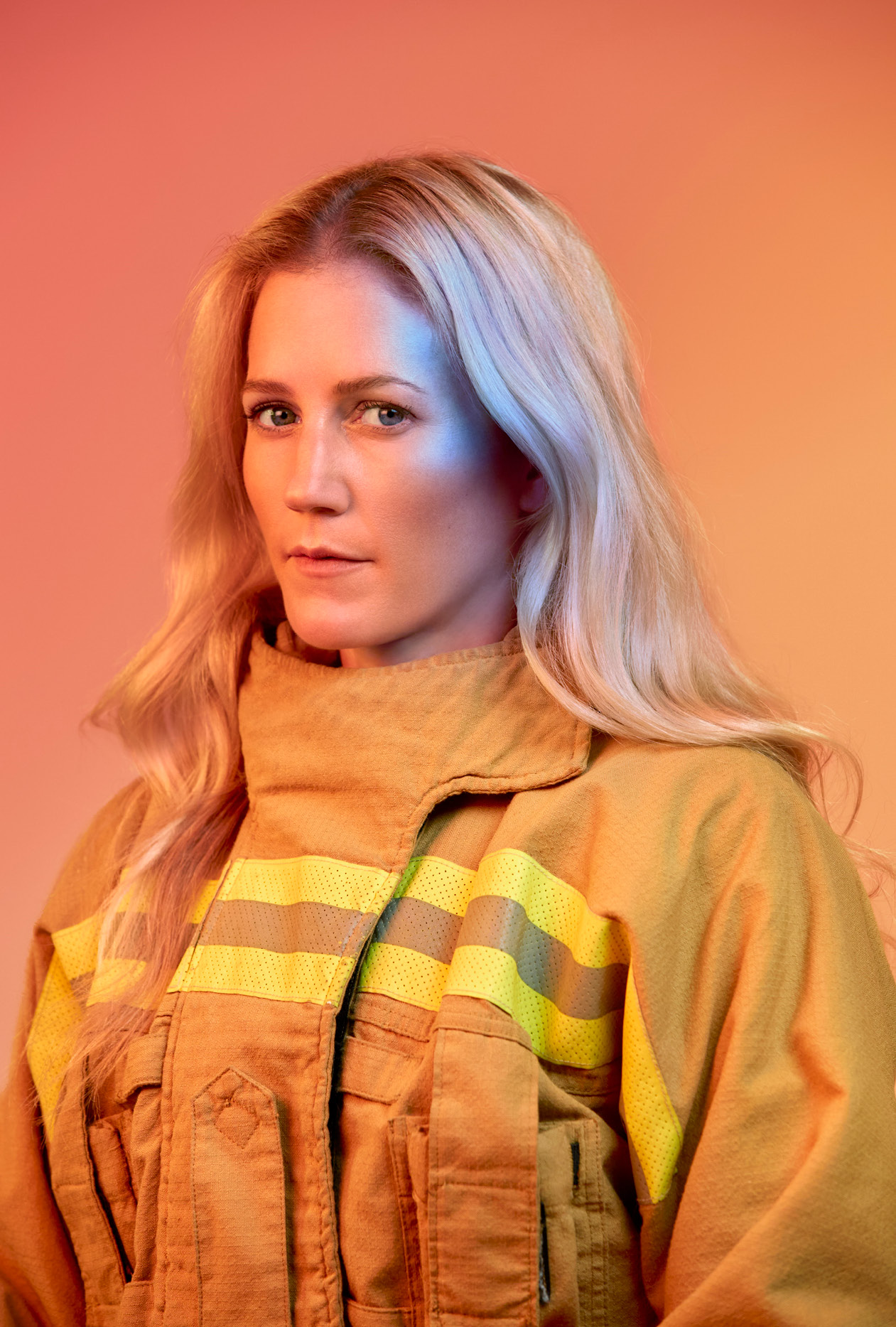
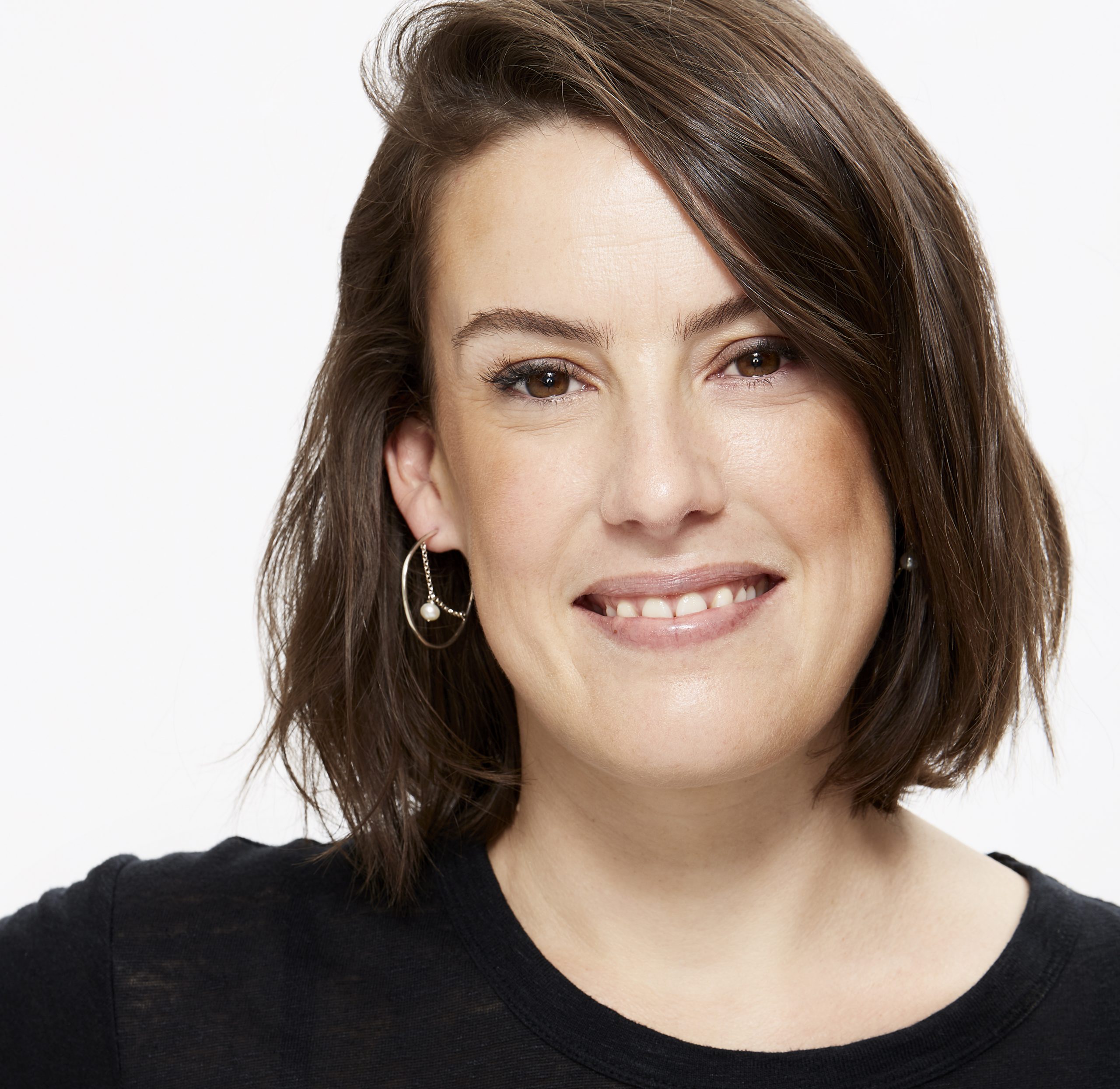
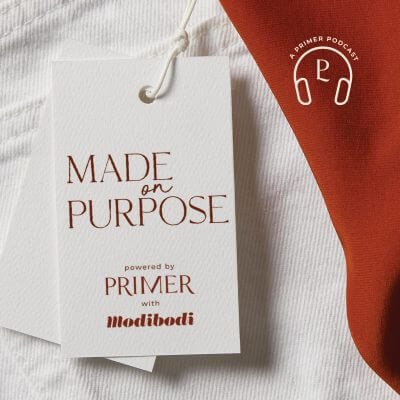

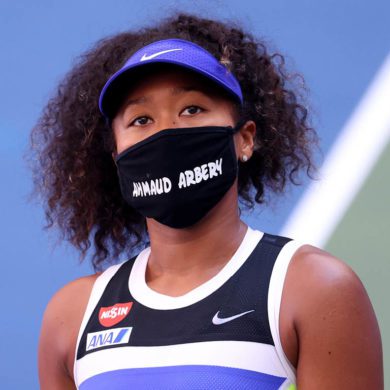
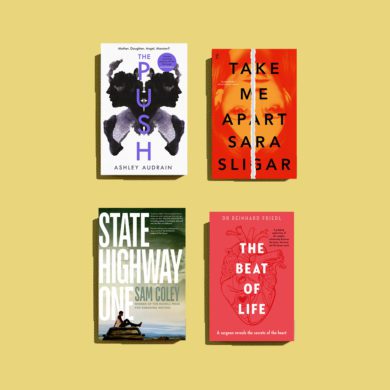
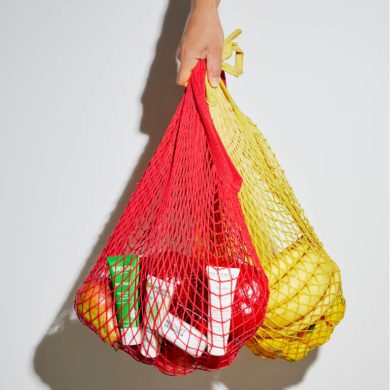
No Comments